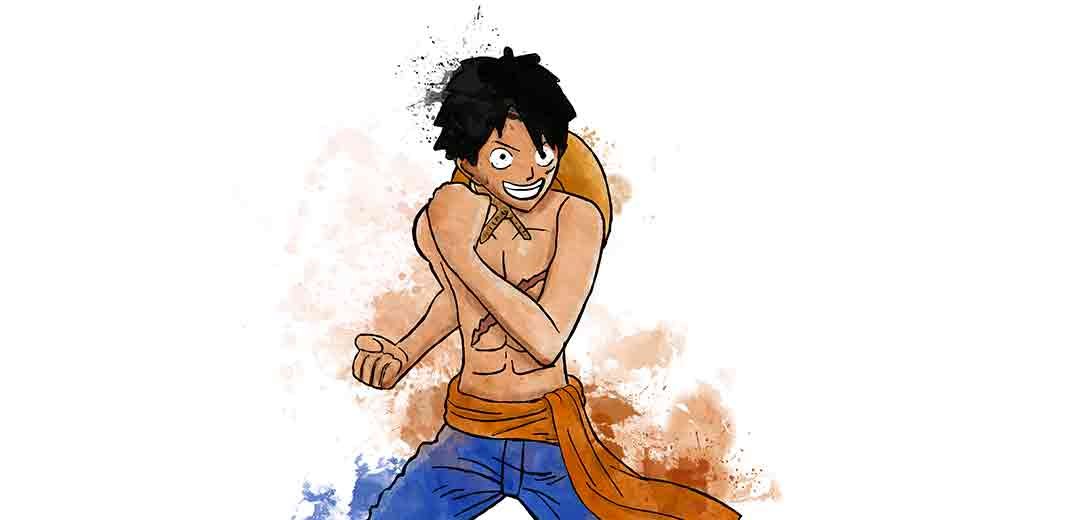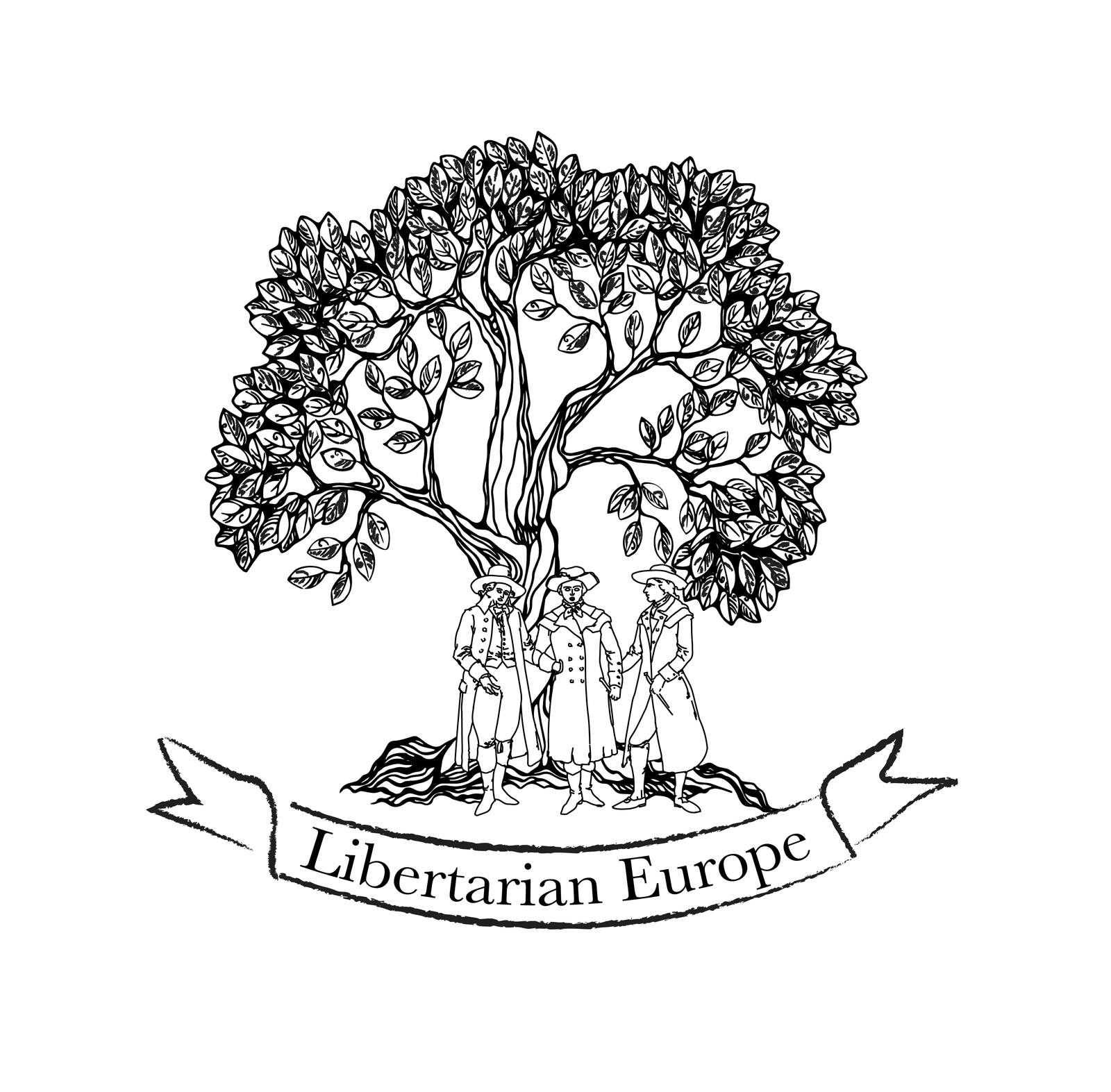
Libertarianism in One Piece : A Quest for Freedom
The primary theme of One Piece, at first glance, is the ‘spiritual journey’ of the protagonist, Monkey D. Luffy, who is in search of the elusive island known as ‘Laugh Tale’ with the goal of becoming the ‘King of Pirates’. This quest can be seen as a metaphor for a spiritual journey, akin to the search for the Holy Grail in medieval narratives. However, it’s intriguing to delve into the philosophical and political undertones that permeate the story, particularly the portrayal of Luffy as a paragon of libertarianism.
The primary theme of One Piece, at first glance, is the ‘spiritual journey’ of the protagonist, Monkey D. Luffy, who is in search of the elusive island known as ‘Laugh Tale’ with the goal of becoming the ‘King of Pirates’. This quest can be seen as a metaphor for a spiritual journey, akin to the search for the Holy Grail in medieval narratives. However, it’s intriguing to delve into the philosophical and political undertones that permeate the story, particularly the portrayal of Luffy as a paragon of libertarianism.
Libertarianism is a political philosophy underlining personal freedom and minimal government intervention. It advocates for the rights of individuals to make their own choices without state interference, and is grounded in the idea of free interactions among individuals, conforming to the ‘Non-Aggression Principle’.
The ship: a space of freedom
A fundamental tenet of libertarianism is individual liberty, a value that is manifest in the pursuits of the Straw Hat crew in One Piece. Several have noted the symbolism of their ship. This brings to mind the definition of a ship given by the French leftist philosopher Michel Foucault in his concept of Heterotopia in Of Other spaces: ‘a floating piece of space, a place without a place, that exists by itself, that is closed in on itself and at the same time is given over to the infinity of the sea’.
Heterotopia is a concept made by Michel Foucault to describe places and spaces that function in non-hegemonic conditions. These are spaces of otherness, which are neither here nor there, that are simultaneously physical and mental, such as the space of a phone call or the moment when you see yourself in the mirror.
Foucault uses the term ‘heterotopia’ to describe a broad range of cultural, institutional, and discursive spaces that are somehow ‘other’: disturbing, intense, incompatible, contradictory, or transforming. Examples of heterotopias include cemeteries, psychiatric hospitals, prisons, brothels, libraries, gardens, museums, and ships.
In this context, the ship represents an autonomous entity, a self-contained space that is at once isolated and a part of the limitless sea. It was defined by a leftist philosopher, but this symbol echoes the libertarian ideals of autonomy and freedom from external authority.
The ship in One Piece, therefore, symbolizes a zone of freedom, operating independently and by its own rules, detached from the authority prevalent on the mainland. Although in reality, maritime laws do exist, the enforcement of these laws is less stringent and constant than those on land, thus providing a certain level of freedom and autonomy to those traversing the seas.
In the world of One Piece, two types of pirates are depicted: traditional pirates who resort to theft and pillage, and a second category, individuals who venture out into the open sea in search of freedom, exploration, treasure, or the eponymous One Piece. These latter are dubbed pirates because their pursuit of freedom positions them as outlaws in the eyes of the state, represented by the World Government.
A coercive government as the main antagonist
The World Government in One Piece is a formidable entity controlling the majority of the world, imposing heavy taxes and stifling any inquiry or discussion about certain historical periods. This censorship of the past aligns with Karl Marx’s view as stated in his Communist Manifesto, ‘In bourgeois society, the past dominates the present; in Communist society, the present dominates the past.’ George Orwell echoed this notion in his dystopian novel, 1984, with the phrase, ‘Who Controls the Past Controls the Future’. The World Government, portrayed as a corrupt and oppressive totalitarian regime, seems primarily concerned with maintaining its power and control rather than the welfare of its citizens. This regime is ruled by an oligarchy that permits its navy to obliterate islands and entire populations for disobeying their laws.
The character Nico Robin’s story is a poignant illustration of this oppressive regime. Her island was annihilated in a ‘Buster Call’ and her family and fellow citizens were murdered because they were scholars attempting to uncover the truth about the past that the government was trying to erase.
The Buster Call is a military operation in the One Piece universe that was first introduced during the Enies Lobby arc. It involves the summoning of ten Marine battleships led by five Vice Admirals, with the sole purpose to utterly annihilate a specified target.
The incident with Ohara, also known as the Ohara Incident or the Ohara Tragedy, is a crucial event in the series’ backstory that was revealed during the Enies Lobby arc. Ohara was an island of scholars who were known for their research on Poneglyphs, ancient stone blocks with inscriptions about the world’s lost history.
The World Government, which sought to suppress this forbidden knowledge, ordered a Buster Call on Ohara. They feared the scholars could uncover and reveal the Void Century, a hundred-year period in the world’s history that the World Government had erased from public records and knowledge.
During the attack, most of the scholars were killed, and the island was completely destroyed. The only known survivor of this tragedy was Nico Robin, a young girl at the time, who would later become an archaeologist and a member of the Straw Hat Pirates. Her ultimate goal is to uncover the true history of the world.
This brutal enforcement of the government’s narrative exemplifies the extent to which the government will go to retain control over the world’s history and knowledge. This event also profoundly shapes Robin’s character and motivation throughout the series.
Moreover, the World Government’s navy and other ‘law enforcement’ bodies serve to shield nobles who engage in slavery, even kidnapping citizens to enslave them. The Celestial Dragons also known as the World Nobles, who use their power to enslave people, including those from islands under the World Government. The Celestial Dragons are major antagonists in the anime and manga series. They are the descendants of 20 kings who established what is now known as the World Government.
These individuals reside in the Holy Land of Mariejois and wield immense political power, commanding the World Government and the Marines. They are notorious for their grotesque sense of entitlement, viewing everyone else as inferior beings.
The Celestial Dragons are often seen in suits with helmets that completely encase their heads, supposedly because they do not wish to breathe the same air as the “common people.” They are infamous for their inhumane treatment of others, often taking citizens of various countries as slaves.
Their high social status affords them immunity from the law. This is evident in the Sabaody Archipelago arc, where one of the Celestial Dragons, Saint Charlos, shoots and critically injures Hatchi, a fish-man and friend of the Straw Hat Pirates. The surrounding crowd and law enforcement officers, although appalled, do nothing due to the Celestial Dragons’ immunity.
The World Government and Marines will go to great lengths to cater to the Celestial Dragons’ demands, even summoning an Admiral to protect them if they are attacked. This is seen when Luffy punches Saint Charlos for shooting Hatchi, leading to Admiral Kizaru being sent to deal with the Straw Hat Pirates.
Despite their deplorable behaviour, the Celestial Dragons are a significant part of One Piece’s world-building, representing the corruption and absolute power within the World Government’s hierarchy. Their actions often serve as the catalyst for the Straw Hat Pirates’ battles against the World Government.
The Celestial Dragons are, in fact, a reference to some real-world instances where illicit activities by the elite and corporations go unpunished due to government intervention, reflecting what is often termed as ‘systemic corruption’ or ‘state capture’.
Around the world, elite corruption is a significant problem, with powerful elites influencing the actions of governments to their advantage, often at the expense of the population. These elites operate above the law, using their wealth and connections to avoid punishment for their actions, much like the Celestial Dragons.
Protagonists longing for freedom
The protagonist, Monkey D. Luffy, is on a quest to become the Pirate King. However, ‘king’ here is not a figure of authority but a symbol of the ultimate free spirit of the sea. As Luffy himself says to his mentor Silver Rayleigh: ‘I don’t want to control it (the sea), the Pirate King is just the freest man of the sea.’ In this sense, Luffy embodies the ‘anarch figure’ described by conservative philosopher Ernst Junger, an individual who defies authority and lives by their own rules and code. In his novel, Eumeswil, Junger wrote: ‘The anarch has expelled society from himself. He is and remains his own master in all circumstances’.
Yet, Luffy diverges from Junger’s ‘neutral observer’ archetype. Luffy does not hesitate to take action against oppressive regimes and tyrants when his allies, who are oppressed, seek his help. He is his own master, guided by his own rules, morality, and sense of justice, not those dictated by society or the World Government.
Private property is another significant facet of libertarianism. Libertarian philosopher Murray Rothbard defined the right to property as the right of an individual to own their body and the resources they have personally worked upon, as he wrote in For a new liberty :
‘The libertarian creed can now be summed up as the absolute right of every man to the ownership of his own body; the equally absolute right to own and therefore to control the material resources he has found and transformed; and therefore, the absolute right to exchange or give away the ownership to such titles to whoever is willing to exchange or receive them’.
This principle is clearly reflected in One Piece. For example, Luffy, being a ‘rubber man’, has complete freedom over his body, using and altering it as he sees fit. In addition, characters frequently fight to protect private property. The concept of treasure in the story, and the pursuit of the One Piece, is an expression of the characters’ desire for ownership and control of their own property.
The narrative also underscores the importance of personal responsibility. Characters are accountable for their actions and the ensuing consequences. For instance, when Luffy punches a celestial dragon, one of the godlike lords of the world, he understands that he must bear the consequences and that the government will deploy its strongest law enforcers to deal with him. This readiness to accept the repercussions of their actions highlights the libertarian belief in personal accountability and responsibility, rather than relying on the government for rescue.
The story further explores the concept of voluntary association. The Straw Hat Pirates are a group of individuals who choose to associate with each other and work towards a common goal. Although Luffy is the captain, he does not exert authority over his crew. They regard each other as equals, respect Luffy’s status as captain, and assist him in his dream, provided it aligns with their own aspirations. This free association is a reflection of the libertarian belief in the freedom of association.
In essence, One Piece is a narrative of personal freedom and individual autonomy. It accentuates the principles of individual liberty, private property, personal responsibility, and voluntary association, while opposing the World Government and its corrupt and oppressive methods. This story resonates with real-world dynamics, representing both western and eastern governments, and challenges us to contemplate the true meaning of freedom and individualism.

